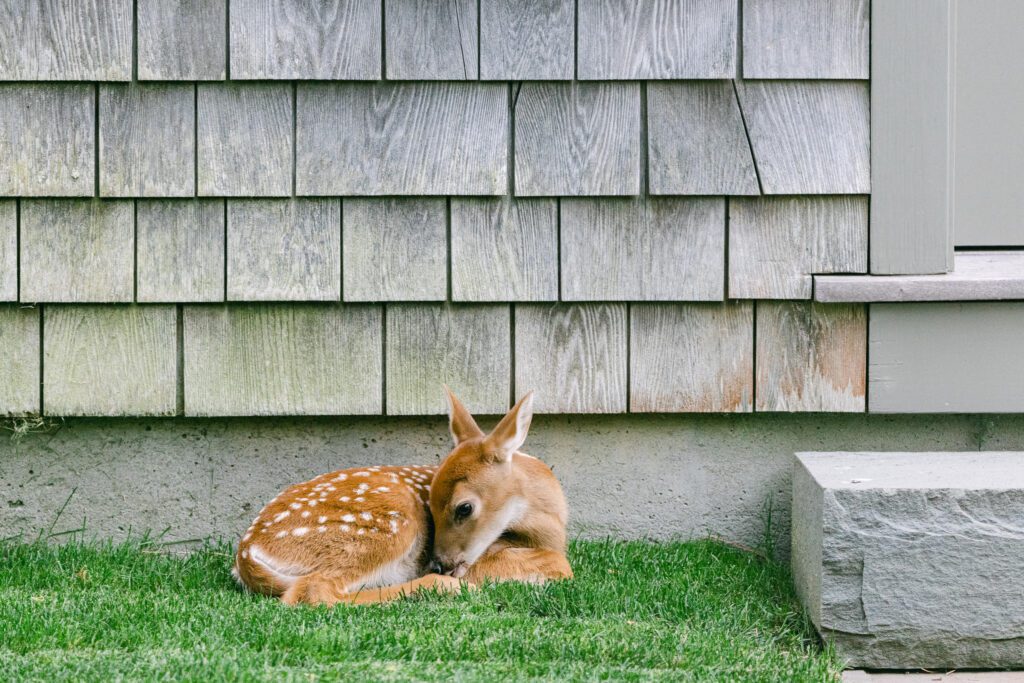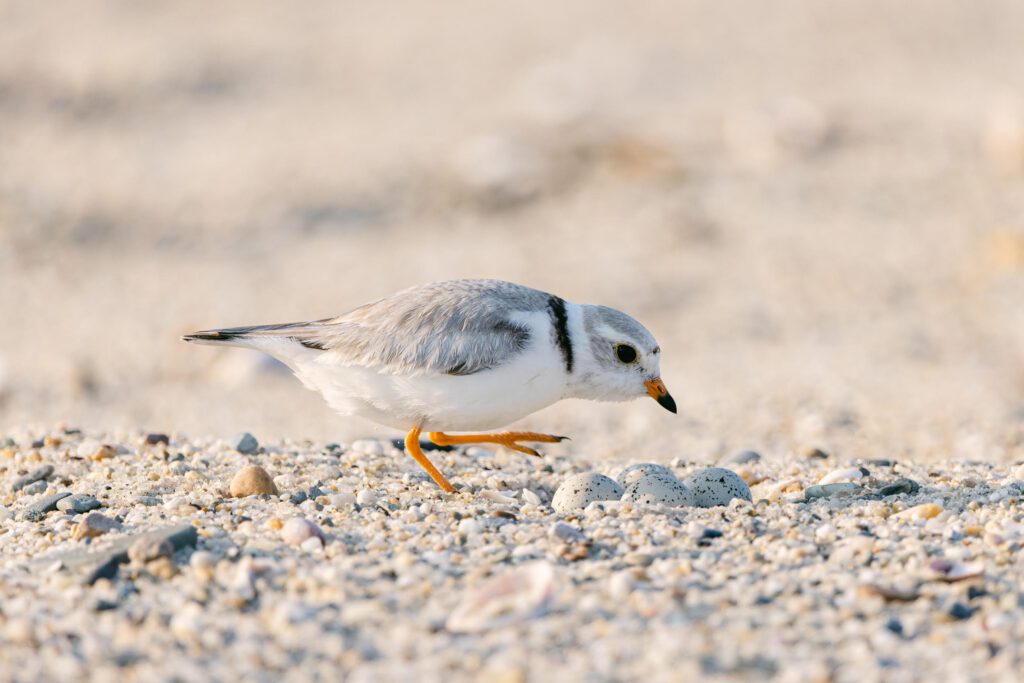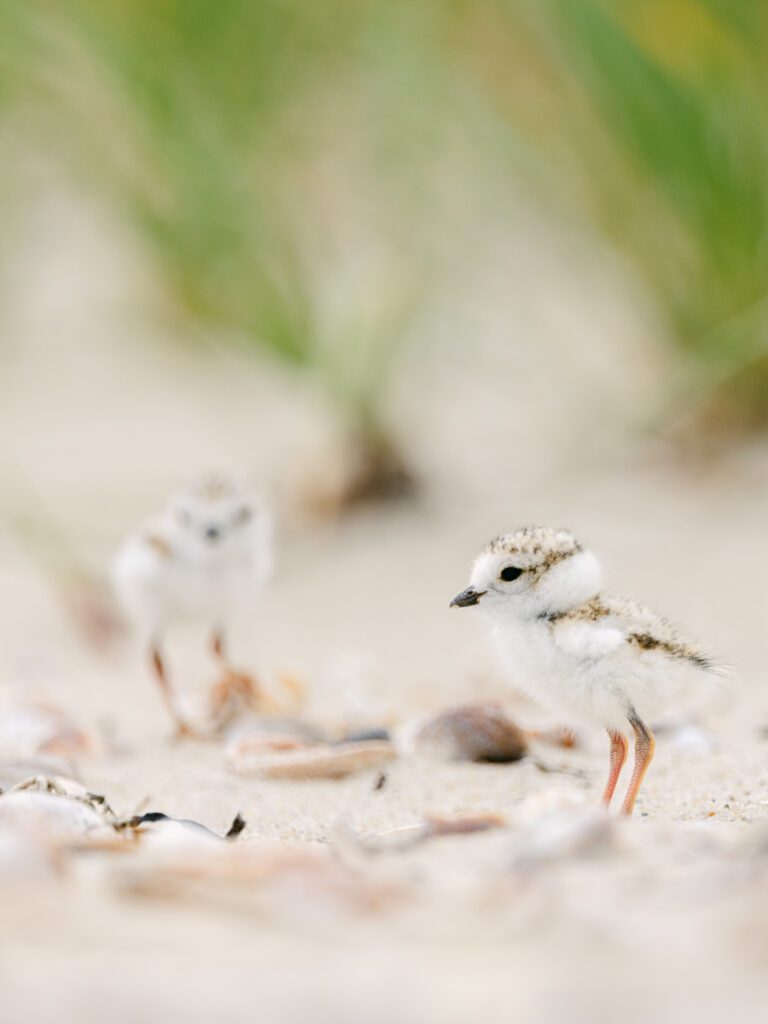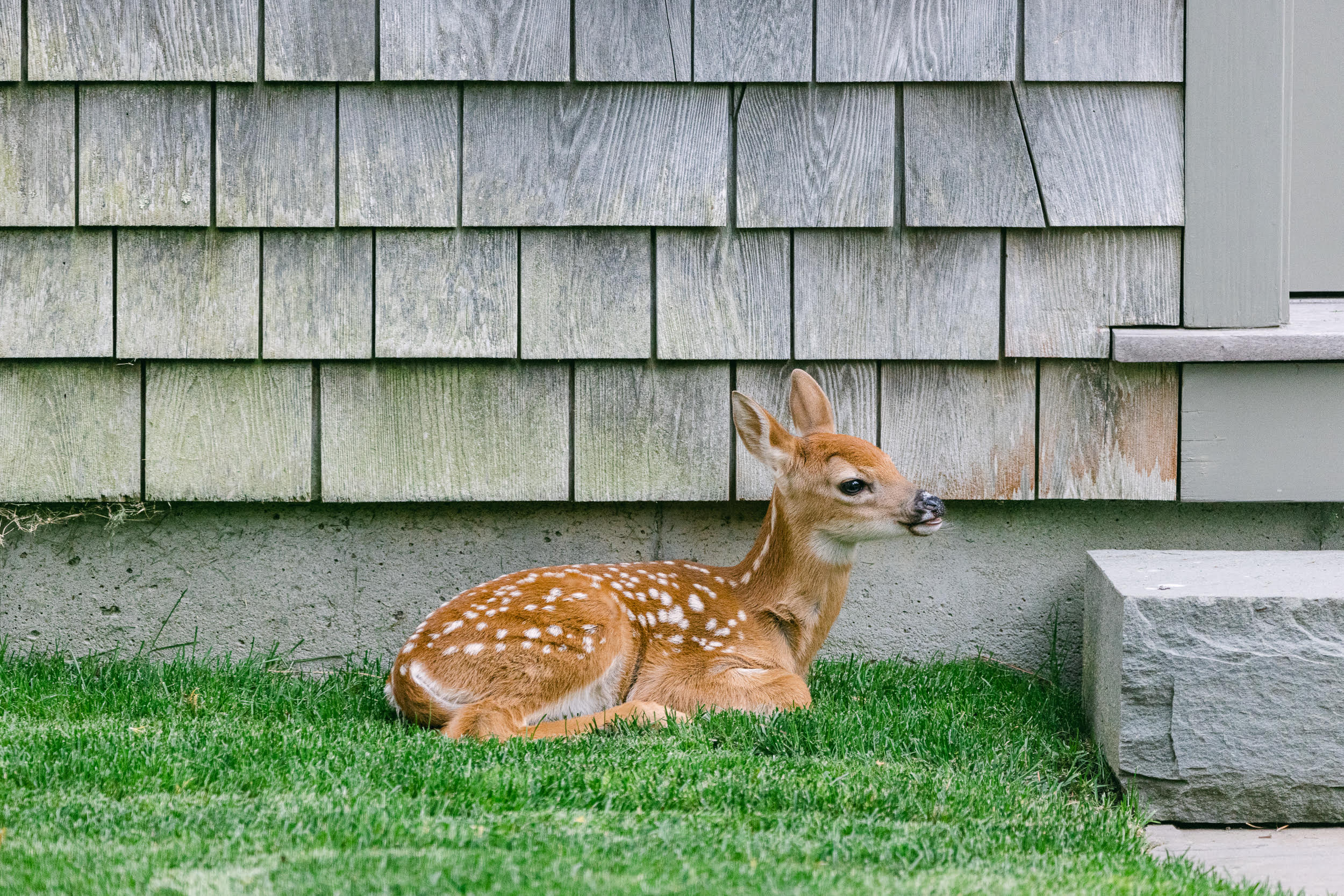Hello friends! I hope you all had a wonderful holiday weekend.
As I hit publish on this post, I’m on my way out of the country for a very special vacation/adventure with my family. My mom turned 70 last month, and she and my stepdad have planned the trip of a lifetime to celebrate this major milestone. Fortunately for us, they decided to make it a family trip! I don’t want to share too much yet, but I will certainly be posting more either from the trip (if time and WiFi connections permit), or when I return (probably both!). A little hint about where we’re headed: I expect to have LOTS of wildlife photos to share with you in a few weeks when we’re back stateside.
If you know me, you know I’m a serious animal lover, so a vacation where I get to combine the beauty of nature and wildlife with my love for photography is my ideal. And it turns out, fortunately for me, June on Nantucket was actually the perfect time and place to practice my wildlife photography skills before our big trip. When it comes to wildlife, June is baby season on Nantucket, and I’ve been taking it all in, with my camera in hand.

Over Memorial Day weekend, we witnessed a beautiful doe in our neighborhood with a newborn fawn. This little baby was so new we’re pretty sure we actually saw it for the first time the day it was born. The moment we learned this tiny beauty was in our neighborhood, our eyes were glued to the windows whenever possible. Every few days we’d get a glimpse of the little one. I even got to witness an amazing scene when mom returned to baby after leaving her in a safe space for the day, and the sweet fawn immediately began feeding, while mom licked her all over in an effort to keep her scent-free. Watching an incredibly intimate animal interaction like this is mesmerizing, and so very touching. I managed to photograph the whole event, albeit from inside, with a window between me and the deer, which is not the ideal way to photograph them (but with the front row seat to the action that barrier allowed me to have, I’ll take it!).

A few days later, during dinner, we saw mama and baby emerge from the woods and into our backyard. And, to our great surprise, within seconds, a second fawn in tow! Up to that point we’d only seen one baby with mama, and assumed it was just the two of them. After doing a little research, we learned that mother deer will often keep their fawns separated for the first few weeks of life, and tend to hide them around in different places, ensuring no scent will attract predators. As of the time of this post, it’s been a couple of weeks since we’ve seen the babies. We suspect that once they were a few weeks old, mama moved them away from the house to begin their education and introduction to the rest of the real world.
In addition to the deer family, we’ve seen tons of baby bunnies (it appears they nested under our house!), a robin nest with chicks (who appear to have recently fledged), and at Jetties Beach I spotted a mating pair of piping plovers guarding a nest in the sand that held four tiny speckled eggs!! About ten days later, Tim and I went back to Jetties to see if the chicks had hatched. We stopped by the location of the nest first, and seeing no eggs or plovers anywhere in the area, moved on to scan the beach on both sides of the jetty. Luck was with us that day, because it didn’t take us more than 15 minutes to spot the parents … and all four chicks! We spent at least an hour watching the chicks run around and feed while mom and dad created a perimeter for them and herded them as needed, protecting them from the many dangers of the public beach they call home. I was on my belly in the sand for most of that time, capturing as much as I could on camera. It was pure magic.

Wildlife photography has been a passion of mine for many years. (I think I’ve mentioned before that it was actually wildlife photography that first attracted me to the art!) In my last post, I showcased some pieces from my Conservation Series and Piping Plover Series, and I will certainly be adding some of the new photographs I’ve captured this year to these collections. (Let me know in the comments if you have any favorites from the set pictured here that you think I should add!) A portion of all print sales from these collections are donated to the Nantucket Conservation Foundation – an amazing group of people who are dedicated to preserving the wildlife and conservation areas around Nantucket. Without their hard work, it may have been impossible to witness the delicate plovers in their nests, as there are less than 100 breeding pairs on the island (the foundation counted 57 pairs in 2020).
If you’re feeling as inspired as I am (maybe you’ve been getting your own glimpses of wildlife from the kitchen window!), you might be inclined to get out your camera, head outdoors, and capture what you’re seeing. For those of you considering it (or for anyone with a wildlife adventure coming up in the near future), here are a few tips for photographing wildlife that I’ve learned over the last few years. Wildlife photography has a certain nuance to it that requires a little extra patience, time, and finesse, but I can assure you that practice makes perfect, and the payoff is real.
My Tips for Wildlife Photography
Without further ado, these are my top five tips for successful wildlife photography:
1. Set Your Alarm and Get Up Before Dawn.
Now, this isn’t necessarily universally true — it depends on what kind of wildlife you’re trying to capture — but in many instances, you’ll find that wildlife is most active just before dusk and after dawn (in other words, when there’s some light available, but people are least likely to be around). Birds and deer especially, I’ve found, are particularly active first thing in the morning. The funny thing about light is that it tends to come on more quickly than you’d expect; if you can muster it to get out before the sun rises, you’ll be in for a real treat, both in terms of the variety of wildlife you might capture during the quiet hours, and with the stunning display nature will put on for you as the colors of the sky and the earth evolve with the rising sun.
2. Research Your Subject.
If you’re looking to photograph a particular type of animal, do some investigation before you head out to learn about their behaviors. While you can certainly have a lot of luck just getting outside in the still, early hours of the morning, there are some animals you’ll rarely see at all in daylight; others you’re more likely to spot when the tide is low (or high). Do the research first to improve your chances of seeing what you want to capture!
3. Keep Your Distance.
Yes, of course it’s easier to capture a good photograph the closer you are, but more important than any photo is treating the animals with respect and giving them the space they need to go about their lives without fear. It’s easy to find expert recommendations online regarding the appropriate amount of distance to give different types of animals.
4. Use the Right Lens.
The right camera lens can make your life so much easier and your shots so much better. For wildlife photography, I suggest getting yourself a great telephoto zoom lens (which allows you to get great shots while keeping that safe, respectful distance!). My first was a Canon EF 100-400mm f/4.5-5.6L USM. It’s a great lens, but I recently decided to add a new one to my kit for our summer trip. I purchased a Sigma lens last year and have been totally obsessed with the results it gives me for weddings and portraits, so when I saw the Sigma 150-600mm f/5-6.3 DG OS HSM on sale for more than 25% off before the holidays, I jumped on it. I didn’t use it much over the winter, but I’ve been practicing with it on Nantucket this summer, and I can confidently say I am SO glad I made this investment. I was a little nervous purchasing this non-Canon lens made to be compatible with a Canon DSLR (meaning I need to use an adapter for my mirrorless bodies), but I’m extremely impressed with the way it’s performing for me. And not only are the photos gorgeous, but the Sigma lenses also have a super sleek look and a very smooth feel in action.

5. Practice Patience.
Wildlife photography involves a lot of trial and error, and a lot of waiting. You may know exactly where you need to be, and when, to get the shot you want, but that doesn’t mean your subject is going to emerge from its den or nest just because you’re there and ready to go. My advice: enjoy the journey. In the time you spend waiting, you’ll be blessed with the opportunity to learn more about our natural world from direct observation. You’ll notice little details most people never slow down enough to see. And you’ll learn a lot about yourself too. There’s not much better than being out in nature with nothing to do but watch, listen, and learn.
If nature and wildlife photography is your jam, head over to my Instagram (if I decide to post anything live from our trip, you’ll most likely find it in my Stories on IG), and keep an eye out for a blog post later this summer with highlights from our summer wildlife adventure!

add a comment
+ COMMENTS